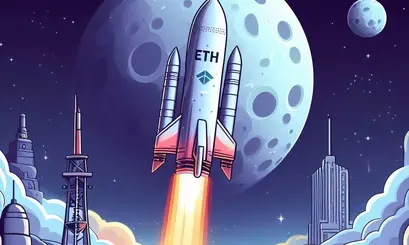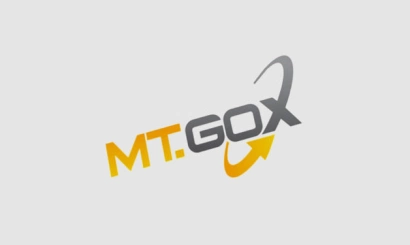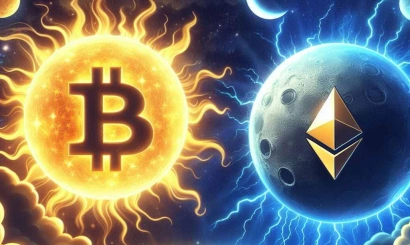The U.S. Congress will consider a new bill on the regulation of cryptocurrencies, which could ban the creation and issuance of algorithmic stablcoins for two years. An example of such a cryptocurrency is Project Terra's stablecoin, UST, whose collapse in May of this year resulted in billions of dollars in losses.
Stablecoins are tied to fiat currencies by market and technical mechanisms based on smart contracts that implement a price stabilization algorithm using another token. Unlike secured stackcoins, algorithmic coins are decentralized and not subject to a single issuer and regulators.
In the case of TerraUSD (UST), the backing token was Terra (LUNA), which collapsed along with it. The cryptocurrency USDN is now stabilized by the Waves coin (WAVES), and the Tron coin (TRX) is used to peg the USDD token to the US dollar.
Experts told RBC-Crypto about what led to the development of the bill to ban such coins, what it may lead to in its current form, and what market participants it will have the greatest impact on.
Taking Care of Citizens
Algorithmic stabelcoins provide a good ground for innovation and development of the cryptocurrency market, assured Pavel Ganin, lawyer, partner of a.t.legal company. However, if the bill is passed, this possibility will disappear, the lawyer explained.
According to him, stabelcoins in general more than any other cryptocurrency pose a threat to state monetary systems based on fiat money. In this regard, it is not surprising that algorithmic stabelcoins, having qualities that are resistant to censorship, worry lawmakers, the expert said.
U.S. lawmakers are probably worried about the possibility of a repeat of the situation with UST from Terraform Labs, which led to the creation of the bill in question, says Ganin. He drew attention to the fact that the document assumes increased control of government agencies for the issue of stabelcoins - such cryptocurrency can be issued by banks and other operators, provided that it is secured by real dollars and securities.
First of all, the American legislator is concerned that the citizens of the country lose a lot of money through fraudulent or ill-conceived investment schemes, says the founder of LFCS Legal Support Yuri Brisov. That's why the SEC's authority has been expanded as much as possible in relation to all crypto projects: it is this federal agency that ensures that the investment market is reliable and transparent, said the lawyer.
According to him, the U.S. is seriously concerned about the repetition of the 1929 stock market crash, after which the laws on exchanges, brokers and securities were adopted and a commission was created to monitor their implementation. Today, however, the investment market has gone beyond the usual spectrum. Therefore, the U.S. Treasury and federal services are trying to develop new rules for the new market without banning the development of blockchain technology, the expert noted.
Prohibition mechanism
According to Brisov, it is too early to talk about any bans: it is more difficult to do so in the U.S. than in Russia, for example. It is still unclear how algorithmic steblecoins can be banned at all without restrictions on the use of the technology. And to ban the technology is possible only in particularly exceptional cases, most of them related to military purposes, says the lawyer.
He suggested that instead of a ban we should most likely expect a requirement for issuers to properly explain the information. From the point of view of the classical understanding of secured currencies stablkoyn not related to it, therefore, mislead citizens, the expert said. According to him, such as Terra are in fact not steiblocoins either, but have a contractual link to the exchange rate.
Citizens buying steyblkoyens often think that they are acquiring claim rights to the issuers and can get dollars or euros in exchange for tokens at any time, but that is not the case, Brisov explained. He explained that most steblecoins have no legal mechanism at all to claim against issuers.
Accordingly, stablecoin has two ways to develop, the expert believes. One of them may be to provide a transparent and clear way to address the issuer and the exchange rate such as the Bretton Woods system in its time fixed the dollar-to-gold exchange rate. Another option Brisov called ensuring transparency of the economic model for the citizens and bringing to their understanding that they are essentially buying "air", secured only by confidence in the issuing company.
The bill promoted by House Financial Services Committee head Maxine Waters has yet to be finalized and needs approval from another co-sponsor, Patrick McHenry, said Chen Limin, chief financial officer and head of trading operations for the ICB Fund crypto fund. He explained that McHenry represents Republicans who generally favor encouraging innovation and not over-regulating the digital asset industry.
"Given the upcoming U.S. Congressional midterm elections in November, the chances of cryptocurrency initiatives being considered in the next month and a half and the rest of the year are generally slim," the expert said.
He recalled that the need to protect consumers from a repeat of the collapse of Terra and its analogues in May said the head of the U.S. Treasury Department, Janet Yellen. A reasonable question arises as to what the enforcement mechanism will look like in the case of a proposed moratorium on the issue of algorithmic stablcoins, Limin said.
He noted that the cryptocurrency market has already adjusted its attitude to this issue without government intervention - any venture capitalists and users are now more carefully analyzing projects for the sustainability of fiat pegs.
The current "surviving" algorithmic steblecoins - USN, USDD, USDN - either were not originally conceived as experimental, as the project Terraform Labs, or made the right conclusions by strengthening the security of the asset, the expert said. He added that the same applies to the Curve and Aave projects under development, which will work as a kind of analogues of DAI and have nothing to do with UST.
Impact on the crypto industry
The discussed law will definitely affect issuers of fiat stablcoins and banking institutions that are nurturing plans to create their counterparts, Limin believes. He explained that the document will require compliance with the rules of the Federal Reserve and bank regulators, which will require a certain restructuring of the business model. However, these changes, according to the expert, will be somewhat expected.
The adoption of the law in its current form with regard to algorithmic stablcoins may raise questions about the expansion of jurisdiction and leverage of the U.S. on the projects, the expert suggested. In his opinion, it could obviously add problems for users and platforms in terms of compliance. And developers will be watching closely the fate of Do Kwon, the infamous key character in the Terra-LUNA fiasco, Limin concluded.

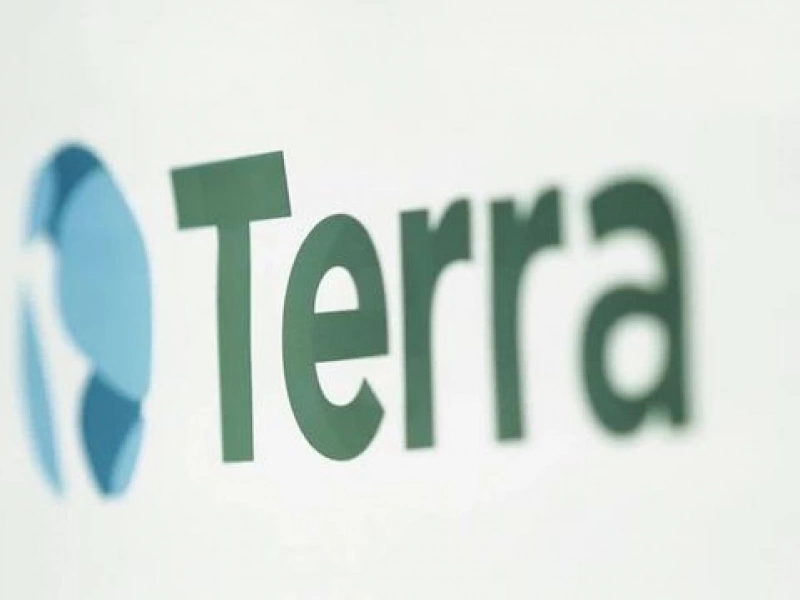
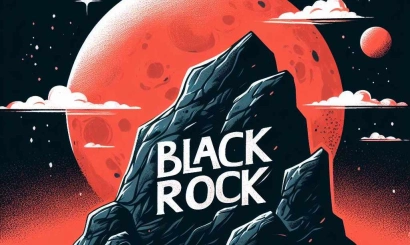
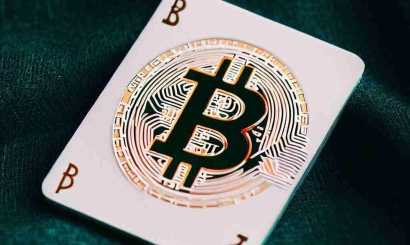
_410x245_00e.webp)
